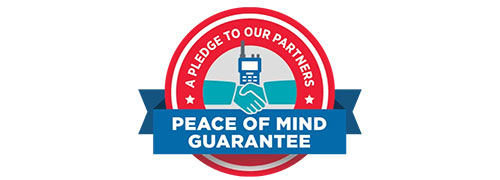TETRA Digital Radio
The Accepted Standard for Critical Communications
TETRA is an open standard developed by the European Telecommunications Standards Institute (ETSI), and is designed specifically for transportation and large enterprises.
As the accepted radio standard for critical communications, TETRA is used around the world to ensure resilient and secure communications while protecting citizens.
At Leonardo, we provide critical communication technology, such as TETRA, to critical infrastructure markets to help them meet their communications needs.

TETRA: Features
- TETRA uses time division multiple access (TDMA) with four user channels on one radio carrier and 25 kHz spacing between carriers.
- In addition to voice and dispatch services, TETRA supports several types of data communications, including status messages and short data services (SDS).
- TETRA mobile stations can communicate using direct mode operation (DMO) or trunked mode operation (TMO).
TETRA: Benefits
Security and Privacy
Communication security is critical for public safety agencies and the military. To protect against eavesdropping, TETRA uses digitally encoded voice encryption algorithms, such as air interface encryption and end-to-end encryption.
Effective Dispatch
GPS-enabled TETRA radios and terminals allow you to view individuals and vehicles by location. This data is complemented by integrated applications that present a real-time overview of operational intelligence to help recommend the most appropriate resource to send to incidents.
Multiple Methods of Data Delivery
Users can access data via a wide range of applications ranging from location information to the delivery of mission-critical images and video. TETRA offers a variety of data features to support these applications and delivers them with the same quality and security as voice services on the same network.




